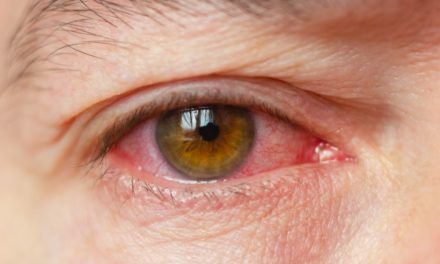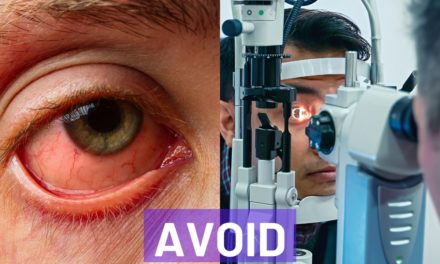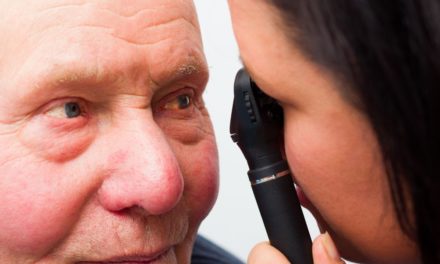When your eyes feel tired
Introduction
Asthenopia, commonly referred to as eye strain, is a common eye condition that affects people of all ages, especially in this digital age where screens dominate our daily lives. Characterized by various discomforts in and around the eyes, nearsightedness can be a persistent problem that affects productivity, well-being and overall quality of life. In this article, we will review the symptoms of nearsightedness and find ways to reduce and prevent this common eye problem.
Eye pain and fatigue
The main symptom of Asthenopia is a feeling of discomfort and fatigue in the eyes. People with this condition may experience:
- pain in the eye: A dull or sharp pain around the eyes, which may worsen with prolonged use of digital devices or reading.
- Eye fatigue: A feeling of heaviness or tiredness in the eyes, especially after a long period of focusing on a particular task.
- Dry eyes: Insufficient blinking while focusing on screens or other close-up activities can cause dry, greasy, or irritated eyes.
- Burning sensation: The eyes may feel like they are burning, especially after intense visual tasks.
Blurred or double vision
Asthenopia can cause temporary blurring or double vision, making it difficult to focus on near and far objects. This symptom can affect reading, driving and other daily activities that require clear vision.
Headache
Eye strain often triggers headaches, which can range from mild to severe and may be accompanied by a feeling of pressure around the eyes or temples.
Light sensitivity
People with asthenia may be more sensitive to light, known as photophobia. Bright lights or the glare of screens can exacerbate discomfort and lead to squinting or avoidance of well-lit environments.
Difficulty concentrating
Asthenopia can make it difficult to focus on tasks that demand visual attention, such as reading, studying, or working on a computer. Low concentration can affect productivity and increase mental fatigue.
Neck, shoulder, and back pain
Constant strain on the eyes can cause individuals to adopt an unnatural head position or posture, which can cause tension and pain in the neck, shoulders, and back.
Poor depth perception
Some people with asthenopia may have difficulty with depth perception, making it difficult to judge distances accurately. This can increase the risk of clumsiness or accidents.
Prevention and Management
- Follow the 20-20-20 rule: During long visual tasks, take breaks every 20 minutes by looking at an object 20 feet away for 20 seconds. It can help relax the eye muscles and reduce eye strain.
- Improve workspace ergonomics: Make sure your computer screen is at eye level and maintain adequate lighting to reduce glare.
- Blink regularly: Avoid blinking when using digital devices to keep your eyes lubricated and prevent dryness.
- Adjust screen settings: Reduce the brightness and adjust the size and contrast of the text on the screen to make viewing more comfortable.
- Wear corrective glasses: If you have refractive errors such as myopia or hyperopia, wearing prescription glasses or contact lenses can significantly reduce eye pressure.
- Regular eye examination: Regular eye examinations are essential for prompt identification and correction of any vision problems.
Result
Asthenopia can be a persistent and distressing condition that affects many individuals, especially in the age of technology. Recognizing the symptoms and taking precautions are essential steps in managing eye strain and promoting healthy vision. By incorporating simple habits and maintaining good eye care practices, we can reduce the effects of myopia and enjoy clearer, more comfortable vision in our daily lives.










